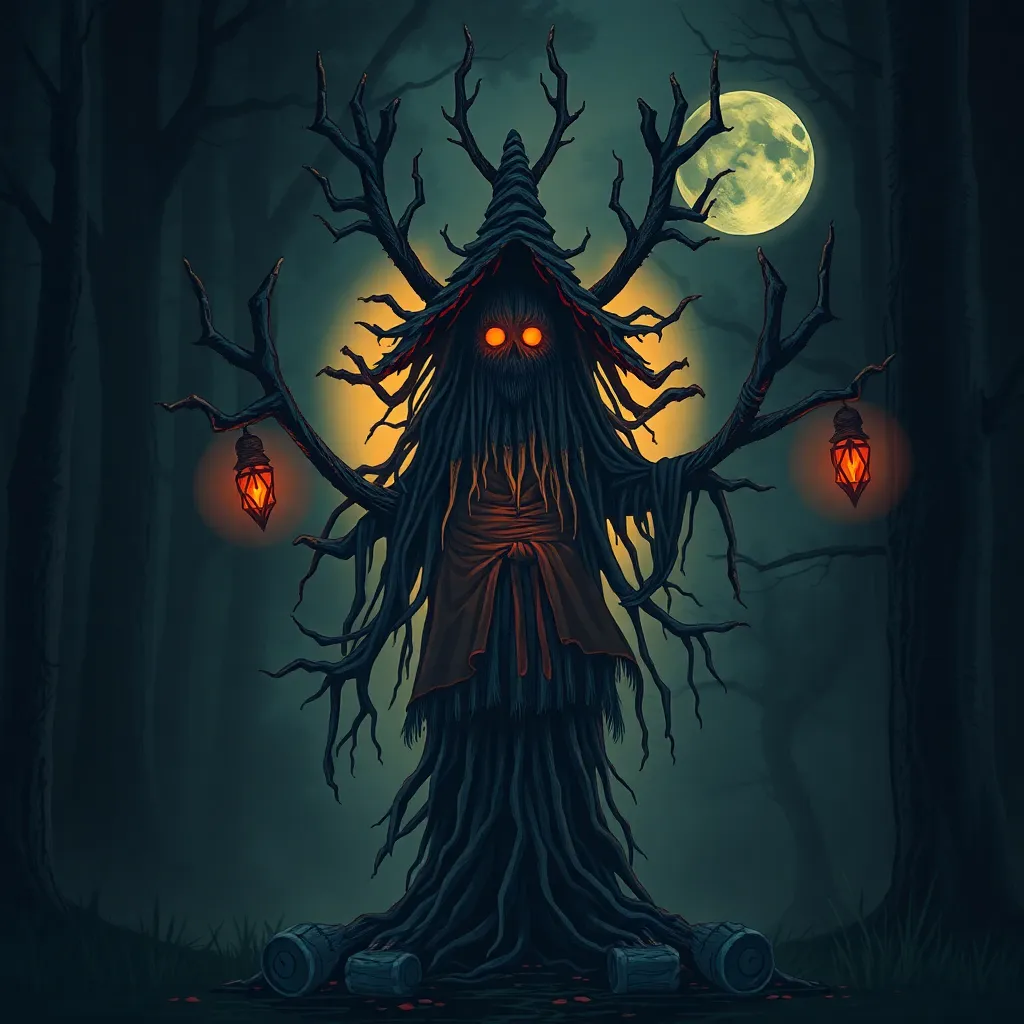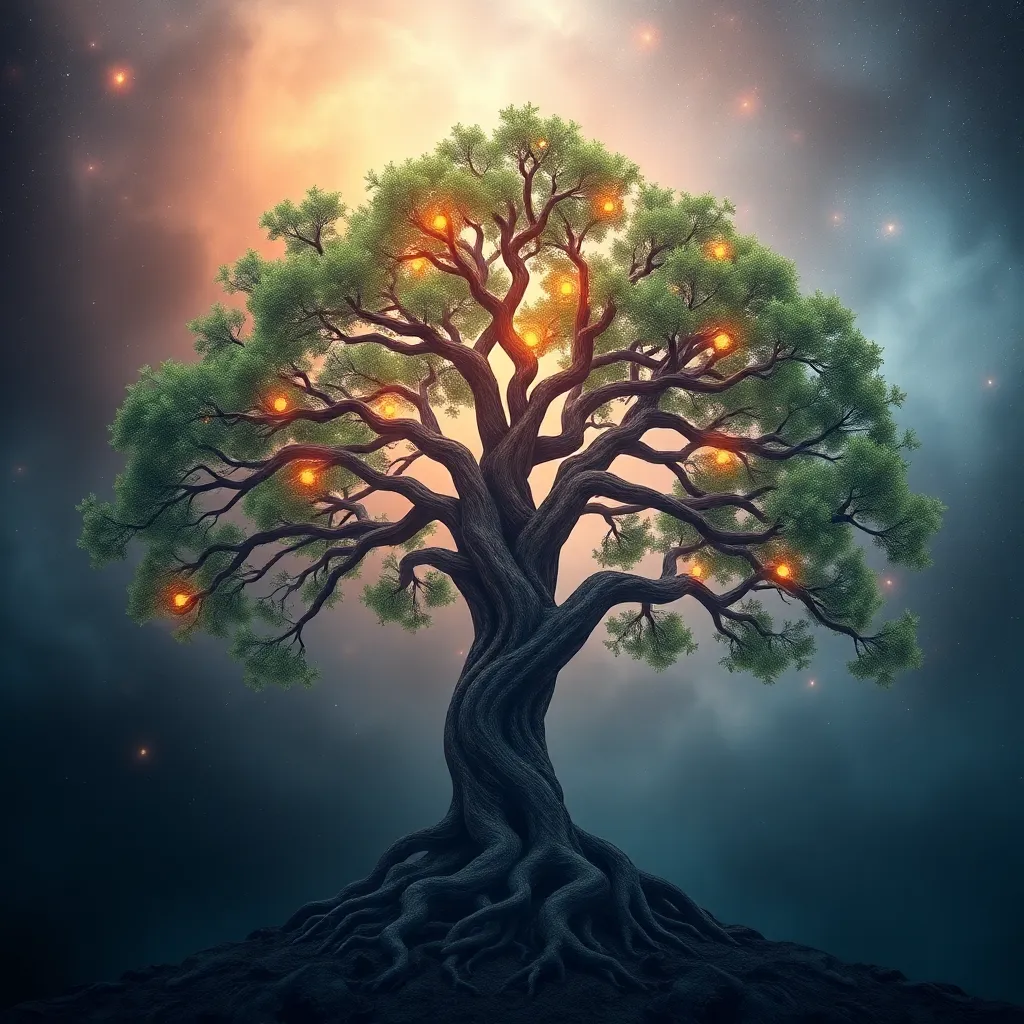The Baba Yaga Archetype: Exploring the Symbolism of the Hag
I. Introduction
Baba Yaga is a prominent figure in Slavic folklore, often depicted as a fearsome old witch who lives in a hut that stands on chicken legs. Her character embodies a complex mix of traits, serving both as a villain and a wise figure. Understanding the Baba Yaga archetype is essential in exploring the deeper narratives within Slavic culture and beyond.
Archetypes play a crucial role in helping us understand cultural narratives by providing recognizable patterns and symbols that resonate across different societies. Baba Yaga, as an archetype, serves as a representation of various themes such as wisdom, fear, and transformation.
This article will delve into the symbolism and significance of Baba Yaga, exploring her origins, dual nature, role in folktales, and contemporary reinterpretations.
II. The Origins of Baba Yaga
The historical context of Baba Yaga is deeply rooted in Slavic mythology, where she has been a part of cultural storytelling for centuries. The earliest references to her can be traced back to the 18th century, although her character likely predates written records, evolving from ancient Slavic beliefs and oral traditions.
Baba Yaga exists in various forms across different cultures. While she is most commonly recognized in Slavic tales, similar figures can be found in other folklore traditions, representing the archetype of the wise woman or the fearsome hag.
- In Polish folklore, she is known as Baba Jaga.
- In Russian tales, she often serves as an antagonist or a helper, depending on the narrative.
- Her character appears in multiple variants, with different motivations and traits.
Early literary references to Baba Yaga have helped shape her archetype, influencing how she is portrayed in modern adaptations. These stories emphasize her dual nature and complex character, establishing her as a figure of both fear and reverence.
III. The Dual Nature of Baba Yaga
Baba Yaga embodies a duality that makes her an intriguing character. On one hand, she represents wisdom and knowledge, often possessing the secrets of the natural world. Characters seeking her guidance may find themselves receiving profound insights, albeit wrapped in riddles and challenges.
On the other hand, Baba Yaga also symbolizes fear, danger, and the unknown. Her home—a hut that moves and is guarded by magic—serves as a metaphor for the unpredictable nature of life. She often poses tests to those who seek her aid, which can lead to perilous outcomes.
- Wisdom and Knowledge: She is often portrayed as a knowledgeable figure who can provide guidance to those brave enough to approach her.
- Fear and Danger: Many tales depict her as a malevolent presence, reinforcing the fear of what lies beyond the familiar.
This balance of life and death within her character reflects the cycles of nature and the interconnectedness of existence. Baba Yaga is neither purely good nor evil; she exists in a grey area that challenges protagonists to confront their fears and desires.
IV. The Role of Baba Yaga in Folktales
Baba Yaga appears in numerous folktales, often playing a pivotal role in the protagonist’s journey. Common narratives feature young heroes or heroines who must seek her out for assistance, facing trials and tribulations along the way.
Her interactions with protagonists are often marked by a mix of hostility and unexpected support. For example:
- In some stories, she initially appears as an antagonist, but through cleverness or bravery, the protagonist earns her respect and help.
- In others, she may offer challenges that lead to growth and self-discovery, reflecting the journey of life itself.
Through her character, folktales impart significant lessons about resilience, the importance of wisdom, and the necessity of confronting one’s fears. Baba Yaga serves as a catalyst for growth, pushing characters to evolve and learn from their experiences.
V. Symbolism of the Hut and the Mortar
The imagery associated with Baba Yaga is rich with symbolism, particularly her hut and the tools she wields. Her hut, with its chicken legs, symbolizes the transient and unpredictable nature of life. It can move to avoid danger or to seek out those in need, embodying the idea that wisdom is not always easily accessible.
The mortar and pestle are also significant symbols. They represent transformation—both physical and spiritual. The act of grinding and mixing suggests the blending of different elements, much like the integration of various life experiences.
- Hut on Chicken Legs: Symbolizes mobility, unpredictability, and the ability to navigate between worlds.
- Mortar and Pestle: Represents transformation, the mixing of knowledge and experience, and the potential for change.
These elements of her domain serve as spatial representations of her character, reinforcing her role as a mediator between the known and unknown realms.
VI. Baba Yaga as a Feminine Archetype
Baba Yaga stands as a powerful feminine archetype, representing female power and independence. Unlike traditional female figures in folklore, who often conform to roles of passivity or nurturing, Baba Yaga is a force to be reckoned with. She embodies autonomy and strength, challenging societal expectations of women.
In contrast to other female archetypes, such as the nurturing mother or the innocent maiden, Baba Yaga presents a more complex portrayal:
- She is neither a villain nor a hero; instead, she represents the multifaceted nature of femininity.
- Her character raises questions about female power and the societal perceptions of women who defy conventions.
Modern feminist interpretations of Baba Yaga highlight her significance as a symbol of empowerment, encouraging individuals to embrace their own complexities and assert their identities in a world that often seeks to categorize and limit them.
VII. Contemporary Reinterpretations of Baba Yaga
In recent years, Baba Yaga has made appearances in modern literature, film, and popular culture, reflecting the evolution of her archetype. Contemporary reinterpretations often explore her character in new contexts, challenging traditional narratives.
Examples of her presence in modern media include:
- Books that reimagine her story, presenting her as a misunderstood figure rather than a purely malevolent witch.
- Films that portray her in various lights, from villain to mentor, showcasing her complexity.
- Graphic novels and video games that incorporate her as a character, emphasizing her role in shaping destinies.
The ongoing relevance of Baba Yaga in today’s society speaks to the enduring nature of archetypes. She continues to resonate with audiences, prompting discussions about power, identity, and the balance of good and evil.
VIII. Conclusion
In summary, Baba Yaga is a multifaceted archetype whose symbolism encompasses wisdom, fear, transformation, and femininity. Her character serves as a rich tapestry through which we can explore profound themes present in storytelling.
The enduring nature of archetypes like Baba Yaga reminds us of their significance in cultural consciousness, offering insights into human experience across generations. The impact of Baba Yaga, both in folklore and contemporary interpretations, invites us to reflect on the complexities of our own identities and the narratives we share.




